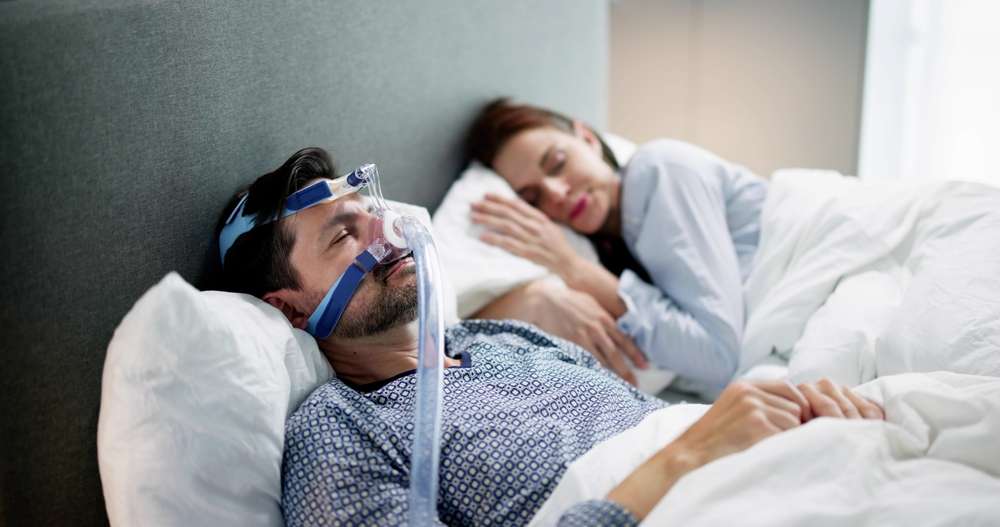CPAP Options: Types, Masks, and How to Choose
Continuous positive airway pressure (CPAP) therapy is the most common non-surgical treatment for obstructive sleep apnea, and understanding your CPAP options can make a big difference in comfort and compliance. This article reviews the main machine types, mask styles, and practical considerations to help you get consistent breathing support while sleeping. Whether you’re new to therapy or considering an upgrade, clear comparisons of features and fit can simplify decisions and improve nightly outcomes.

This article is for informational purposes only and should not be considered medical advice. Please consult a qualified healthcare professional for personalized guidance and treatment.
What is sleep apnea?
Sleep apnea is a disorder in which breathing repeatedly stops and starts during sleep, most commonly from airway collapse in obstructive sleep apnea. Symptoms include loud snoring, daytime sleepiness, morning headaches, and observed pauses in breathing. A formal diagnosis typically requires a sleep study (polysomnography or home testing) and a healthcare provider’s evaluation. Effective treatment reduces cardiovascular and metabolic risks associated with untreated sleep apnea and improves overall daytime function.
Choosing the right CPAP machine
CPAP machines fall into three main categories: fixed-pressure CPAP, auto-adjusting positive airway pressure (APAP), and bilevel PAP (BiPAP). Fixed CPAP provides a constant pressure prescribed by a clinician. APAP automatically adjusts pressure through the night based on breathing patterns, which can improve comfort for some users. BiPAP offers different pressures for inhalation and exhalation and may be prescribed for complex or central sleep apnea or when higher pressures are needed. Consider noise level, humidity features, travel size, and data tracking when choosing a device.
How CPAP helps with breathing
A CPAP machine keeps the airway open by delivering a continuous stream of air through tubing to a mask, preventing the airway collapse that disrupts breathing during sleep. That steady pressure reduces apneas, hypopneas, and snoring, and improves oxygen levels. Features like ramp (gradual pressure increase) and humidification can help users acclimate and reduce nasal dryness or congestion. Regular follow-up with your clinician can fine-tune pressure settings and address remaining breathing concerns.
Finding the right mask for comfort
Masks come in three basic styles: nasal masks, full-face masks, and nasal pillows. Nasal masks cover the nose and balance stability and comfort for many users. Full-face masks cover the nose and mouth, useful for mouth breathers or high-pressure settings. Nasal pillows sit at the nostrils and are minimalistic, often favored by active sleepers or those who feel claustrophobic. Proper fit is essential—a mask should seal without excessive tightness. Try different sizes and cushion types; many providers or local services offer mask fittings.
Tips for better sleeping with CPAP
Consistent nightly use and gradual acclimation improve outcomes. Start by using the CPAP during naps or for short stretches while awake to get used to the sensation of pressure and the mask. Keep equipment clean—follow manufacturer guidance for mask and tubing care to reduce skin irritation and infection risk. Address common issues like air leaks, dry mouth, or nasal congestion through mask adjustments, humidification settings, or a chin strap if needed. Data tracking tools and follow-up appointments help identify patterns and improve sleeping adherence.
Maintenance, troubleshooting, and support
Routine maintenance extends device life and ensures effective therapy: replace filters, cushions, and tubing per manufacturer recommendations or when wear appears. If you experience persistent discomfort, consult your sleep clinician or supplier—many local services provide mask exchanges, pressure retitrations, and compliance coaching. Travel options include portable CPAP units and battery packs for overnight use away from home. For ongoing problems such as mask sores, unresolved breathing events, or pressure intolerance, seek professional advice rather than making unprescribed changes.
Conclusion
Choosing the right CPAP option involves balancing medical needs, comfort, and lifestyle. Knowing the differences between machine types, selecting an appropriately fitting mask, and addressing practical issues—cleaning, humidification, and follow-up—help people with sleep apnea get reliable breathing support while sleeping. Consult your healthcare team and local services for device trials, prescription adjustments, and personalized guidance to optimize therapy.






